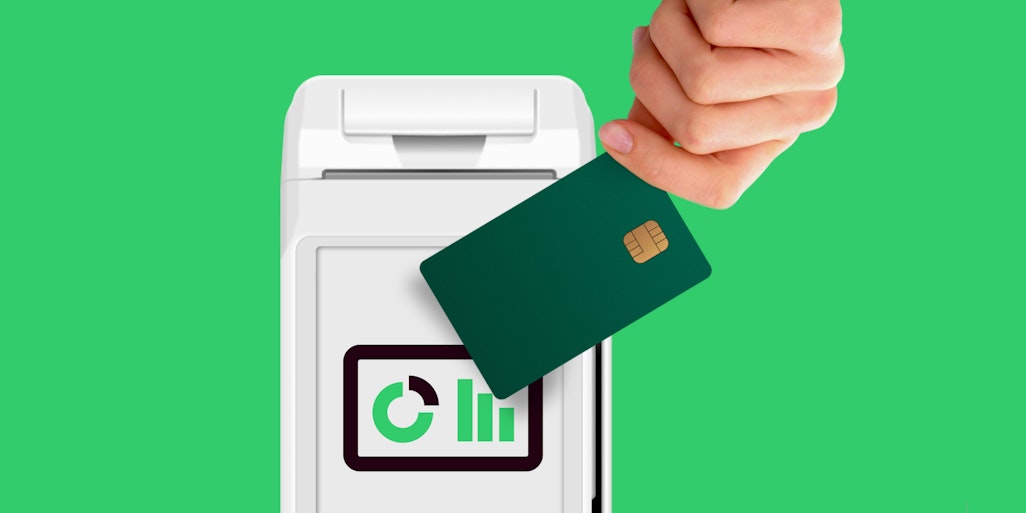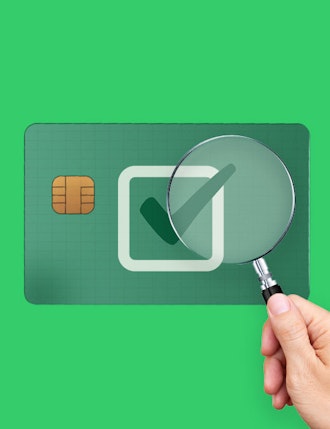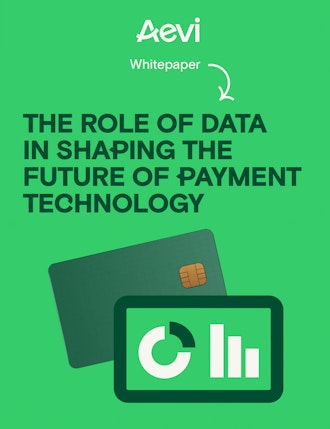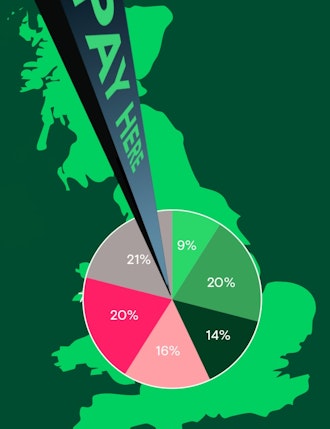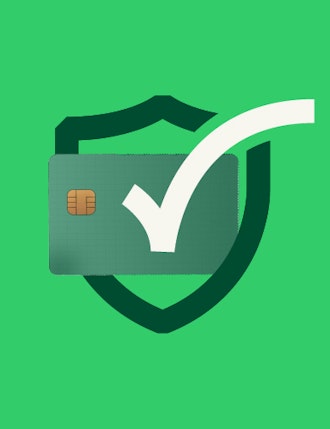Key Insights
-
Merchant data, including smart, EPOS, payment, and payment card data, provides crucial insights that ISOs can use to help merchants enhance customer experiences and streamline checkout processes.
-
By leveraging detailed transaction data, ISOs can assist merchants in optimizing pricing strategies and developing products that meet market demands, thereby improving profitability.
-
Effective use of merchant data allows ISOs to offer superior services such as innovative payment solutions and comprehensive transaction reporting, leading to stronger relationships and a competitive edge for both ISOs and their merchants.
Don't have time to read more now? Sign up to our newsletter to get the latest insights directly in your inbox.
In the time it’s taken you to read this sentence, over 1700 in-person card transactions will have taken place in the US alone, and in the fast-paced world of retail, the sheer volume of data available within these transactions represents a huge strategic opportunity for ISOs (Independent Sales Organizations)
So, how can ISOs leverage their merchants’ data? It's not just about knowing when customers walk through the door, but tracking every sale, pinpointing peak hours, and beyond. The real power lies in the transaction data pouring in from POS systems. In a time where data is king, businesses that master their merchant data don't just survive, they dominate, turning raw insights into strategic power plays. So, with that in mind, let’s explore how ISO can play a crucial role in helping their merchants effectively utilize this data to stay ahead in the market. Follow the data and find the answers…
The power of merchant data
Let’s look at the stats: Organizations that utilize payment data effectively are 23 times more likely to attract new customers, six times more likely to retain existing ones, and 19 times more likely to achieve profitability. Additionally, more than 62% of retailers indicate that data analytics provides a competitive edge for their businesses.
Merchant data encompasses a vast array of information, including smart data, EPOS (Electronic Point Of Sale) data, payment data, and payment card data. Smart data and EPOS data captures transaction details such as items purchased and purchase times, while payment data includes the transaction amounts and methods. Payment card data provides insights into customer spending patterns, including card types used and transaction frequencies.
This diverse data is a goldmine of insights that, when properly analyzed and leveraged, can provide a significant competitive advantage to ISOs, as that information can be passed onto prospective merchants as the first stepping stone of demonstrating your expertise and competence, and therefore establishing trust. Let’s explore this further…
Understanding customer behavior to enhance shopping experiences
One of the primary benefits of merchant data – in particular, EPOS data - is its ability to reveal customer behavior patterns. By analyzing transaction histories, merchants can identify popular products and services, which times of the day see the most sales, as well as what payment methods are preferred. This information can help merchants tailor their offerings to meet customer demand more effectively.
For example, it’s reported that the most popular time North Americans do their grocery shop is on a Saturday between 10am, to 1:59pm. Knowing this information, merchants can delve into the data further and identify what particular products are consistently selling well at that time, therefore ensuring that those products are always in stock, that they can offer promotions on these products during peak times to sell more, or even look into cross merchandising where they can pair related or complimentary products on the same shelf to boost sales even further.
Similarly, understanding preferred payment methods can help merchants streamline their checkout processes. By analyzing payment data and payment card data, merchants can identify the most preferred payment methods and tailor their offerings accordingly.
For instance, some customers might prefer contactless payments, which would mean an up-to-date POS system that completes the transaction quickly is an absolute must, or even a SmartPOS system that integrates with merchants’ existing in-person payment system. Others might favor traditional card swipes, or digital wallets, which might even suggest that operating a closed digital wallet system, such as Starbucks’ mobile app, would be worthwhile.
Understanding these preferences allows merchants to optimize their payment systems, ensuring a smooth and satisfying customer experience, which, as an ISO looking to forge relationships with merchants, is one exceptional example of a competitive advantage you can’t ignore.
Pricing strategies and product development
Being the best partner for their merchants, ISOs can use transaction data to help merchants fine-tune their pricing strategies and drive product development, ultimately strengthening their relationships. By analyzing competitive pricing and customer purchasing behavior, ISOs can guide merchants to optimize their pricing for maximum profitability. For instance, if the data shows that customers are willing to pay a premium for organic products, ISOs can advise grocery stores to adjust their pricing strategies accordingly.
Product development is another area where ISOs can provide valuable insights. By identifying market gaps and understanding customer preferences through data generated at the checkout, ISOs can help merchants develop new products that meet customer needs. For example, a clothing retailer might use this data to identify popular styles and introduce new collections that align with current trends, thus staying relevant and competitive.
Benefits for ISOs and other merchant-serving businesses (the competitive edge)
For merchant-serving businesses, especially ISOs, leveraging merchant data offers a whole host of advantages. By gaining deeper insights into transaction trends and customer behaviors, ISOs can elevate the services they provide to their merchant clients in several key ways:
- Offering innovative payment solutions
With a clear understanding of transaction trends, ISOs can recommend and implement the most suitable payment solutions. For instance, if data reveals a significant preference for contactless payments, ISOs can guide merchants to adopt this technology, ensuring a seamless and modern payment experience for customers.
- Better reporting on transactions
Detailed transaction reporting provides merchants with valuable business insights. This data enables merchants to make informed decisions about their operations. For example, comprehensive reporting can highlight which products are top sellers, allowing merchants to optimize their inventory accordingly. Understanding transaction patterns also helps merchants adjust their pricing strategies to maximize profitability.
- Effective endoint management
Merchant data allows for efficient endpoint management by monitoring and maintaining payment systems. This ensures smooth and uninterrupted transaction processing, which is crucial for maintaining customer satisfaction and trust.
- Streamlined operations and faster turnover times
ISOs also benefit from more streamlined operations and faster turnover times. With detailed data analysis, ISOs can identify areas for operational improvement, leading to more efficient processes and quicker onboarding of new merchants. This not only enhances the ISO's reputation but also promotes stronger relationships with their merchant clients.
For ISOs and merchant-focused businesses aiming to stay ahead in the fast-paced payment market, mastering data is non-negotiable. The key? Integrating with an open, global in-person payment orchestration platform. This powerhouse of technology ensures frictionless payment and data flow across every channel and consumer interaction. Within this dynamic framework, businesses can achieve near-real-time reporting across online and in-person sales, meticulously monitor end-to-end transaction flows, and unlock deep transaction analytics. This isn't just data management, it's about wielding data to command the payments value chain with precision and agility.
Now you’ve followed the data to this point, what has it uncovered for you? If you need help in understanding how to use and leverage merchants’ data, speak to one of our advisors.
To assist further, here are some frequently asked questions that address the fundamental aspects of merchant data…
FAQs:
Q: What is EPOS Data?
A: EPOS (Electronic Point of Sale) data captures every transaction made through a point-of-sale system. This data includes details such as the items purchased, the time of purchase, and the payment method used. By analyzing EPOS data, businesses can gain insights into customer buying patterns, peak shopping times, and popular products. This information is invaluable for enhancing the customer experience, as it allows businesses to stock popular items, reduce waiting times during peak hours, and offer personalized promotions.
Q: What is Payment Data?
A: Payment data encompasses all the information related to transactions, including the amount, time, and method of payment. By analyzing payment data, businesses can identify high-value customers, understand their purchasing habits, and tailor marketing efforts to retain these customers. This targeted approach not only boosts customer loyalty but also drives sales and revenue.
Q: What is Payment Card Data?
A: Payment card data includes information about transactions made using credit or debit cards. This data provides insights into customer spending patterns, helping businesses to forecast demand accurately and manage their inventory more effectively. Additionally, understanding sensitive payment data examples, such as cardholder names and transaction locations, allows businesses to detect fraudulent activities and enhance security measures.
Q: What are sensitive payment data examples?
A: Credit card numbers, debit card numbers, cardholder names, card verification values (CVV/CVC), expiration dates, PINs (Personal Identification Numbers), account numbers, as well as transaction details such as amount, date, and location of purchase.
This information is crucial for ISOs to understand transaction trends and customer behaviors, but it must be handled with the highest security standards to protect against fraud and ensure customer trust.
Interested in reading more around this subject? Here are some useful articles…
